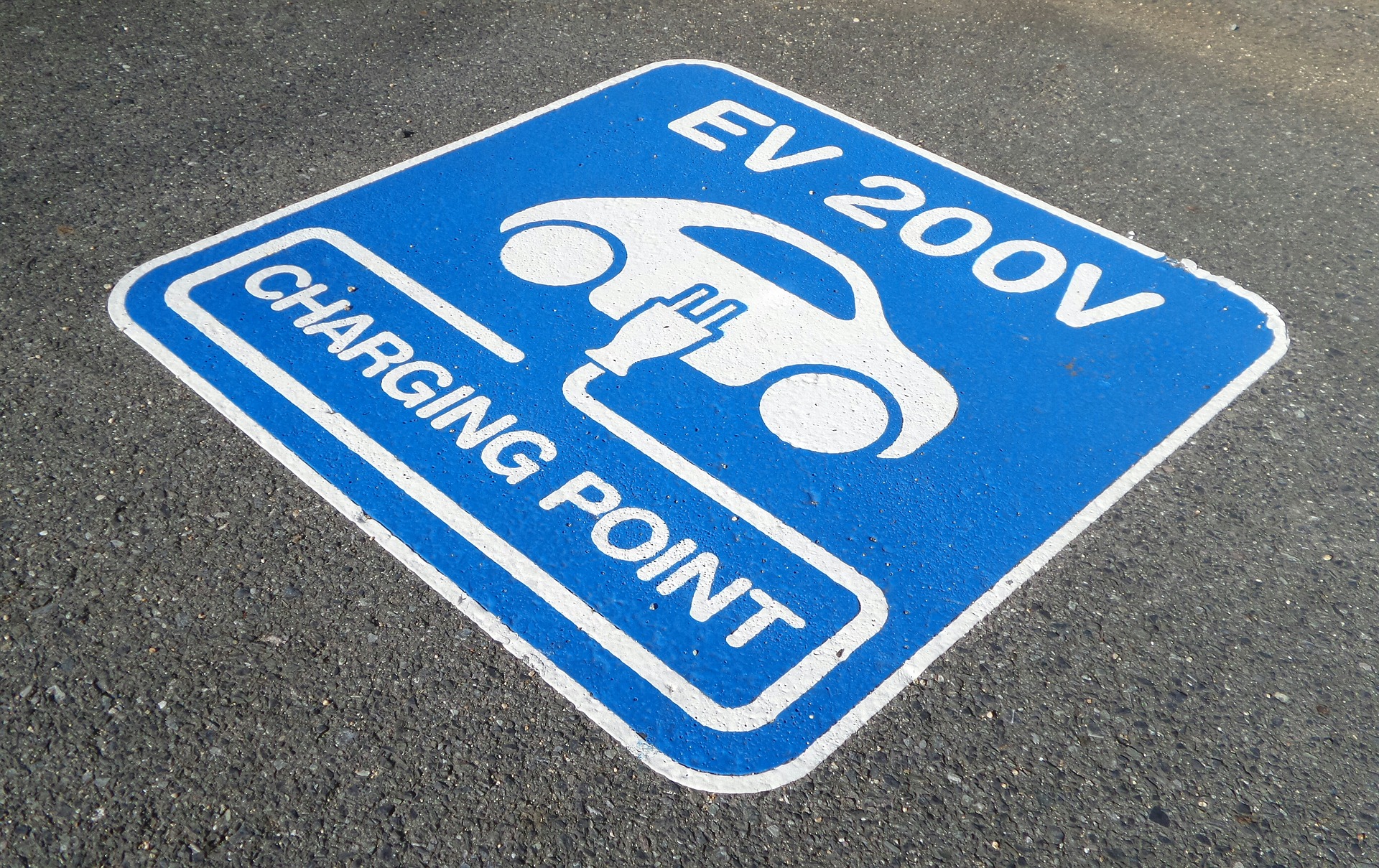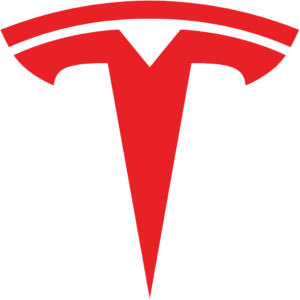In this series of seven blogs, we will cover the information you need to know about charging battery powered electric vehicles (EVs). To make the topic easier to digest, we have broken it into seven short blogs, namely:
- Part 1 – Battery and battery charging basics
- Part 2 – Battery performance measures
- Part 3 – EV battery charging – charging levels and home charging
- Part 4 – EV battery charging – outside the home; connectors and charging companies
- Part 5 – EV battery charging – problems with public charging stations; EV charging costs versus ICE-powered fueling costs
- Part 6 – Looking at EV charging’s big picture
- Part 7 – Trends in solar power that will accelerate the move to electric vehicles
Trends in solar power that will accelerate the move to electric vehicles:
Solar power is becoming cheaper by the day. Currently US electricity consumers pay an average of 12 cents a kilowatt hour for power at non-peak times from their traditional electric power company. But around the world, solar (and wind) power is becoming available at 3 to 6 cents a kilowatt hour. We are on the way to electricity becoming essentially free – – at least free compared to historical rates. In the southern parts of the US, at a minimum, using solar-generated power we are able to either take our homes off the regional power companies’ electrical grid, or to stay on the grid in a more profitable way by selling excess power back to the power company.
Tesla is a prime example of a company with a well thought out strategy to make electrically powered homes and vehicles less expensive and more environmentally friendly. This strategy starts with solar energy from either traditional solar panels installed atop conventional shingles on the home’s roof, or (on new homes or in the case of a roof replacement) Tesla’s new solar powered glass shingles (see tesla.com/solarroof). In any case, solar power is converted to electricity to power the home and/or the home’s electric vehicles.
To cover bad weather, or increasing electrical energy needs in the evening Tesla also can provide a home energy storage battery pack that will store sufficient energy to either charge a vehicle’s battery or power the home for a few days in case of an emergency power grid outage. As with so many things, California is the first state in the US to require solar roofs in the construction of all new single-family homes starting in 2020. If the home is still connected to a power grid, it is also possible in California (and at least some 39 other states) to resell excess power generated by solar rooftop installations back to the grid if at certain times of the day the power is not needed in the home.
There is a new technology-enabled twist on the theme above. A bit of background first. Power generation plants have a base of power plants – – usually older inflexible coal-fired ones (currently being replaced by natural gas operated ones) — that provide a 7 X 24 X 365 steady baseload of power output to the grid. The power company also operates so-called “peaker” powerplants that can quickly be brought online to handle a day’s peak energy demands – usually occurring in the hot afternoons and evenings from 3 to 9 PM and on exceptionally hot days and nights when everyone’s air conditioners are working hard. Electricity consumers pay dearly for this – – often such peak energy is priced at some 2 to 4 times the power company’s base rate per kilowatt hour. (Pssst – – that’s how the electric companies make their money!)
What if a hundred thousand or a million battery-powered electric vehicles had “vehicle-to-grid” capability? Electric vehicles typically recharge at night when electricity demands are low. In this new technology, when peak electricity demands arise, the power grid could tap into individual electric vehicles connected to their home chargers that had a certain amount of excess battery energy and take a tiny bit of energy from each vehicles’ battery to meet those peak demands. Of course, vehicle owners would be credited for this reverse flow to the grid, as they currently are when they sell excess power from solar roof or panel installations back to their power company. This capability would reduce the need for peaker power plants, or at least for them to be “spun up”. One kilowatt hour of excess power pulled back into the grid from each of ten thousand battery-powered electric vehicles is ten Megawatt hours — a lot of power!
More EV education needed:
Due to technological change, a change in business models, and the fundamentals of economics electric vehicles will inevitable replace ICE-powered vehicles, from the tiniest electric bicycles and scooters to everyday cars and trucks to local delivery vans and trucks to the massive Class 8 semi trucks that haul the globe’s freight and goods.
Much more education is needed to both promote the adoption of electric vehicles and to ease the average citizen’s fears of their adoption. This education should start in our elementary schools and permeate our entire K-12 education curriculum. Such education is the purpose of this blog-site.
This blog ends this series on Battery-Powered Electric Vehicle Charging.
Image courtesy of Pixabay
Your feedback in the form of comments or suggestions are welcome in the comment window. Thank you for following my blogs on this site and for participating in my blogging community.




